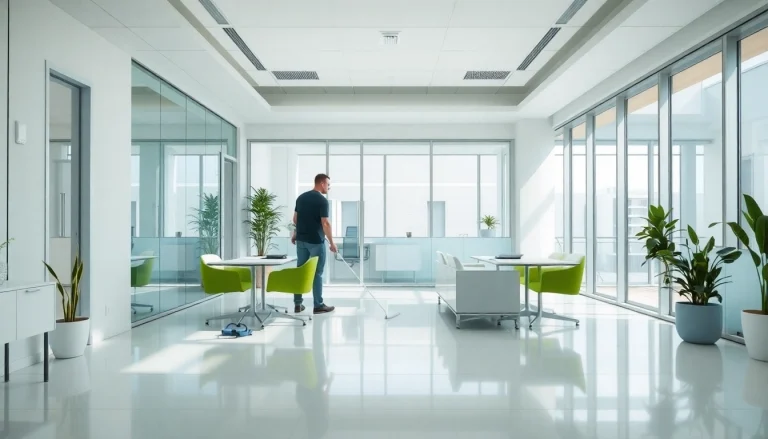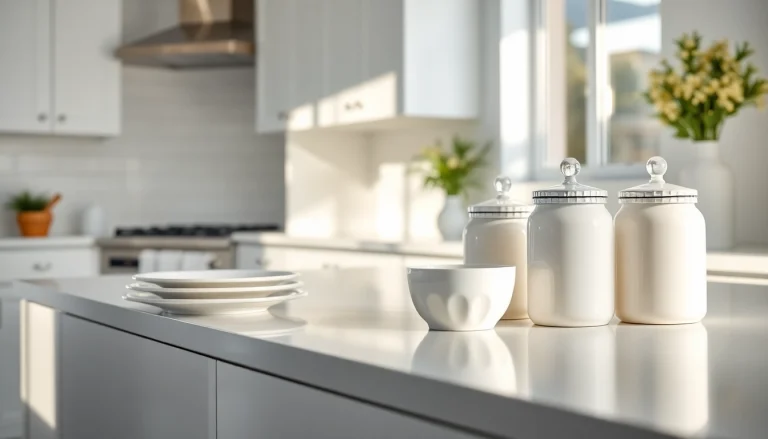
The Importance of Custom Graphic Design
In today’s visually driven world, the significance of custom graphic design cannot be overstated. It plays an essential role in shaping the perceptions of brands, enhancing visual identity, and effectively communicating messages. For businesses looking to establish a memorable presence, investing in Custom Graphic Design is paramount. This article will delve into the myriad reasons why custom graphic design holds a pivotal place in modern marketing and branding strategies.
Understanding Custom Graphic Design
Custom graphic design refers to the creation of visual content that is tailored specifically for a client’s needs. Unlike stock graphics, custom designs are one-of-a-kind and reflect the brand’s unique identity. This can include logos, branding materials, website design, advertisements, and much more. The importance of custom design lies in its ability to convey a story and evoke emotions that resonate with the target audience.
Benefits for Businesses
Businesses, regardless of size or industry, can benefit from custom graphic design in numerous ways:
- Brand Differentiation: In a crowded marketplace, unique custom designs can distinguish a brand from its competitors. A tailored design can capture the essence of the brand and communicate its core values effectively.
- Increased Recognition: Consistent and high-quality graphics contribute to brand recognition. When customers see a familiar logo or design, they are more likely to remember and trust the brand.
- Enhanced Professionalism: Custom designs reflect a professional image. They communicate that a business is dedicated to quality and invested in its branding, which can lead to increased customer loyalty.
- Effective Communication: Visual elements are powerful tools for communication. Custom graphics can convey complex messages quickly and clearly, making it easier for customers to understand a brand’s offerings.
How It Influences Customer Perception
Custom graphic design plays a crucial role in shaping customer perceptions. Studies have shown that visual appeal can influence purchasing decisions significantly. For instance, well-designed visuals can enhance the perceived value of a product or service, making it more appealing to potential buyers. Moreover, graphics that convey professionalism and attention to detail can instill confidence in customers, further persuading them to choose one brand over another.
Key Elements of Effective Custom Graphic Design
To maximize the impact of custom graphic design, it is essential to focus on key elements that contribute to a successful outcome. Below are the main components that every designer should consider.
Visual Hierarchy and Composition
Visual hierarchy refers to the organization of design elements in a way that leads the viewer’s eye through the content. Effective composition combines the principles of balance, contrast, and alignment to create designs that are not only aesthetically pleasing but also easy to navigate. Designers often utilize size and placement to emphasize important messages or calls to action, ensuring that the audience understands the main points at a glance.
Color Psychology in Design
Color plays an integral role in custom graphic design, as it can evoke emotions and influence behavior. Understanding color psychology is vital to selecting the right palette for a project. For example, blue is often associated with trust and professionalism, while yellow can evoke feelings of cheerfulness and optimism. By strategically choosing colors, businesses can enhance their branding and appeal to their target demographic.
Typography and Aesthetic Choices
Typography refers to the style and arrangement of text. Choosing the right typeface is crucial as it impacts readability and conveys the brand’s personality. For instance, serif fonts are often seen as traditional and reliable, while sans-serif fonts are considered modern and clean. The overall aesthetic, which includes aspects like imagery, layout, and iconography, should align with the brand’s narrative to create a cohesive visual experience.
Common Challenges in Custom Graphic Design
While custom graphic design offers tremendous benefits, it also comes with its own set of challenges. Recognizing and addressing these difficulties can lead to more effective design processes.
Overcoming Creative Blocks
Creative blocks can hinder the design process. Designers often face pressure to produce innovative ideas consistently, which can lead to frustration. To overcome these blocks, it is essential to step away and gain fresh perspectives. Experimenting with different techniques, seeking inspiration from various sources, or even collaborating with peers can help revitalize creativity.
Balancing Client Expectations with Creative Vision
Clients often have specific expectations that may not align with a designer’s artistic vision. To bridge this gap, it is important to establish clear communication from the outset. Designers should encourage clients to provide input but also educate them on design principles. By explaining the rationale behind certain decisions, designers can build trust and ensure that both parties are satisfied with the final outcome.
Managing Timelines and Deadlines
Effective time management is critical in graphic design projects. Delays can impact the overall success of a branding campaign. Setting realistic timelines, including buffer periods for feedback and revisions, allows designers to work efficiently while maintaining quality. Utilizing project management tools can help keep track of progress and ensure that deadlines are met.
Best Practices for Custom Graphic Design Projects
To achieve the best possible results, following best practices in custom graphic design projects is crucial. From collaboration with designers to effective incorporation of feedback, these practices can streamline the design process.
Working with a Designer or Design Team
Collaborating closely with a designer or design team is fundamental for successful outcomes. Clearly outline project objectives, target audience, and desired outcomes to provide a comprehensive brief. Regular check-ins and open lines of communication allow for real-time adjustments and foster a collaborative atmosphere. This partnership can lead to innovative solutions that align with brand goals.
Incorporating Feedback Effectively
Feedback is an integral part of the design process. Clear and constructive feedback helps designers refine their work and improve the final product. When providing feedback, it’s essential to be specific about what works and what doesn’t. This leads to meaningful discussions that can enhance the design without compromising the creative vision.
Iterating on Designs for Optimal Results
Design is an iterative process. Rarely does the first draft effectively meet all criteria. Iteration allows designers to refine their work and incorporate feedback progressively. By developing multiple versions and progressively enhancing designs, the end result is more likely to resonate with the intended audience and fulfill business goals.
Measuring Success in Your Custom Graphic Design
To ensure that custom graphic design efforts yield positive results, measuring success through various metrics is essential. This not only informs strategic decisions but also demonstrates the return on investment (ROI) of design initiatives.
Using Analytics to Assess Impact
Utilizing analytics tools can help gauge the effectiveness of custom graphic designs. Metrics such as website traffic, engagement rates, and conversion rates provide concrete data on how well designs are performing. Understanding these metrics enables businesses to make data-driven adjustments to enhance design strategies further.
Gathering Audience Feedback
Direct feedback from the audience is invaluable in assessing design effectiveness. Surveys, social media polls, and customer reviews are excellent tools for gathering insights. Understanding how the audience perceives the designs can guide future projects and refine ongoing branding efforts.
Adapting Strategy Based on Performance Metrics
Continuous improvement is key to successful design strategies. By regularly assessing performance metrics and incorporating audience feedback, businesses can adapt their approaches to achieve optimal results. This proactive strategy ensures that custom graphic designs remain relevant and effective in an ever-evolving market.






